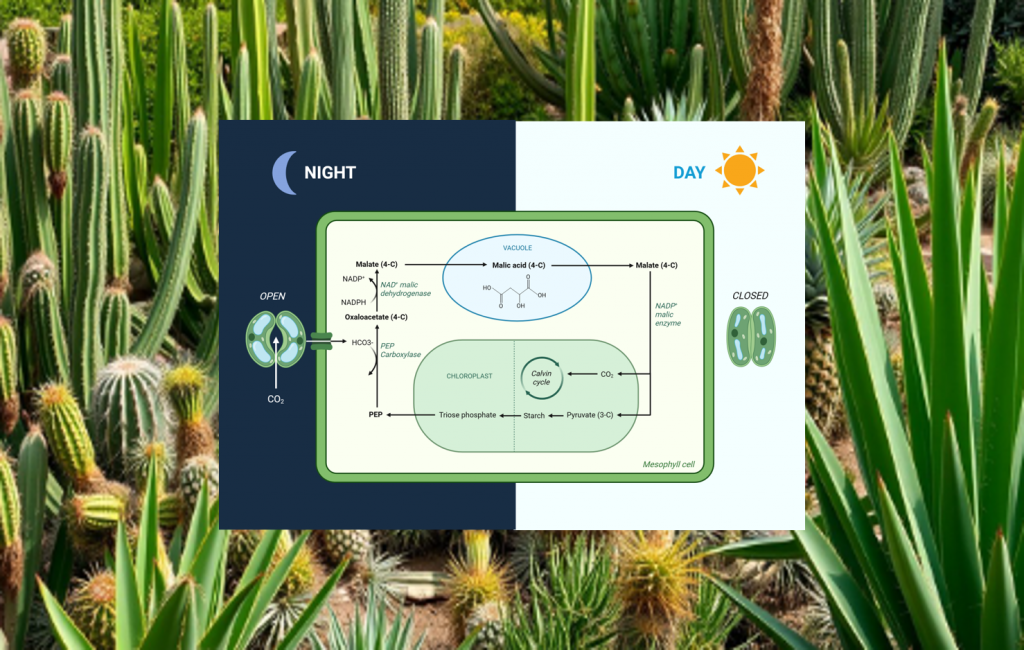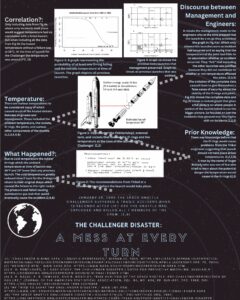The CAM Pathway video delves into Crassulacean Acid Metabolism, a specific photosyntheticadaptation that enables some plants to flourish in arid settings. CAM plants, such as cacti and succulents, open their stomata at night to reduce water loss while absorbing and storing carbon dioxide as malic acid. During the day, closed stomata convert stored CO₂ into sugars using the Calvin cycle. The temporal separation of gas exchange and carbon fixation improves water use efficiency, making CAM an important evolutionary strategy in desert and drought–prone habitats. Understanding the CAM pathway is important not only in plant physiology and ecology, but also in agricultural innovation since it provides insights into designing drought resistant crops.
Script: To increase scientific engagement, the video was made with a combination of instructional and creative methods. ChatGPT provided scriptwriting and narration, ensuring clarity and scientific accuracy.
Audio, Music and animations: Fliki was used to animate and voice the content, resulting in a lively and easily accessible educational resource. Together, these techniques enabled me to create a brief, visually rich video that explains this complex biological processes in an understandable style for both students and instructors. Fliki also inputted voice overs, with AI generated speakers aswell as citations and AI generated music.
Pictures and diagrams: BioRender was utilized to depict critical stages of the CAM cycle in precise, visually appealing graphics.
References
- Fliki AI Citation:
“CAM Pathway” Fliki, uploaded by Janet Ojinnaka, 4/13/2025,https://app.fliki.ai/5eea9f82–0134–401a–ba7c–261314646875 - Biorender Citation:
Created in BioRender. Shackleford, T. (2025) https://BioRender.com/l4gkpco




2 comments
rmanzur
This video breaks down the CAM pathway in such a clear and engaging way! The animations and voiceovers kept the topic interesting, and the visuals made it much easier to understand. I really appreciated how the complex science was explained in a simple yet accurate style. Great job making plant physiology fun and accessible!
Meadow Ayala
This video did a great job explaining the CAM pathway in a way that’s clear and easy to follow. I really liked how it broke down such a complex process—like stomata opening at night and carbon being stored as malic acid—into something understandable. The visuals and animations made it even more engaging, and the connection to drought-resistant crops really shows why this topic matters beyond the classroom. It’s a solid resource for anyone learning about plant adaptations.